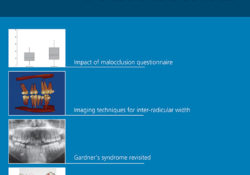tandfonline.com – Oral Exams: A More Meaningful Assessment of Students’ Understanding
tandfonline.com har udgivet en rapport under søgningen „Teacher Education Mathematics“: Abstract Abstract Compared to their written counterpart, oral assessments provide a wealth of information about student understanding. Instead of deciphering a static response, oral assessments provide instructors the opportunity to probe student explanations, obtaining a more complete picture of their understanding. Moreover, students explaining their conceptual reasoning is advocated in the 2016 GAISE guidelines. Additionally, oral exams allow for flexibility in how students can explain their thinking, potentially helping build students’ identities as statistical thinkers and speakers. Despite the facilities these assessments provide, oral assessments are rarely used in the statistics classroom. In this article I describe the important considerations to be attended to when implementing oral exams in the classroom, my experiences facilitating oral exams in my statistics courses,… Continue Reading

